Collaboration with Private Sector
The collaboration between the Japanese government and private companies is emerging as a vital driver for the space based-network market. Partnerships with firms such as SoftBank and NEC are facilitating the development of innovative satellite technologies and communication systems. These collaborations are expected to enhance the capabilities of the space based-network market, enabling the deployment of advanced satellite constellations and ground infrastructure. Moreover, the private sector's investment in research and development is likely to accelerate technological advancements, making satellite communication more accessible and cost-effective. As a result, the space based-network market may witness increased competition and innovation, ultimately benefiting consumers and businesses alike.
Rising Demand for High-Speed Internet
The demand for high-speed internet services in Japan is on the rise, driven by the increasing reliance on digital technologies and remote work. As of 2025, approximately 80% of households in Japan are expected to have access to high-speed internet, which suggests a growing need for efficient communication solutions. The space based-network market is poised to capitalize on this trend, as satellite technology can provide reliable internet access in remote and underserved areas. This demand is further fueled by the expansion of IoT devices and smart city initiatives, which require robust connectivity solutions. Consequently, the space based-network market is likely to experience significant growth as it addresses the need for high-speed internet across various sectors, including education, healthcare, and entertainment.
Focus on National Security and Defense
National security concerns are increasingly influencing the space based-network market in Japan. The government has recognized the strategic importance of satellite communication for defense and surveillance purposes. In 2025, Japan is projected to allocate around $1 billion specifically for enhancing its military satellite capabilities. This focus on national security is likely to drive investments in advanced satellite technologies and secure communication networks. As a result, the space based-network market may experience growth as defense agencies seek reliable and resilient communication solutions. Additionally, the collaboration between defense and commercial sectors could lead to the development of dual-use technologies, further expanding the market's potential.
Advancements in Space Policy and Regulation
The evolving space policy and regulatory framework in Japan is expected to play a significant role in shaping the space based-network market. Recent reforms aimed at streamlining satellite licensing and promoting private sector participation indicate a proactive approach to fostering growth. By 2025, the government plans to implement new regulations that facilitate the deployment of satellite constellations, which could enhance connectivity and reduce costs. This regulatory environment appears to encourage innovation and investment in the space based-network market, as companies seek to capitalize on the opportunities presented by a more favorable policy landscape. Consequently, the space based-network market may benefit from increased activity and competition, leading to improved services and technologies.
Government Investment in Space Infrastructure
The Japanese government has been actively investing in space infrastructure, which appears to be a crucial driver for the The Japanese government has been actively investing in space infrastructure, which appears to be a crucial driver for the market.. With a budget allocation of approximately $2.5 billion for space-related projects in 2025, the government aims to enhance satellite capabilities and improve communication networks. This investment is likely to foster innovation and attract private sector participation, thereby stimulating growth in the space based-network market. Furthermore, initiatives such as the Space Policy Committee's strategic plans indicate a long-term commitment to developing a robust space ecosystem. As a result, the space based-network market is expected to benefit from increased funding and support, leading to advancements in technology and infrastructure that could enhance connectivity across Japan.


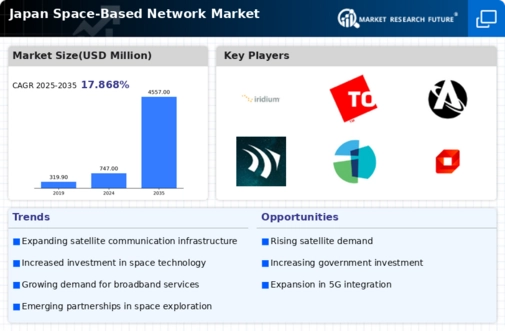

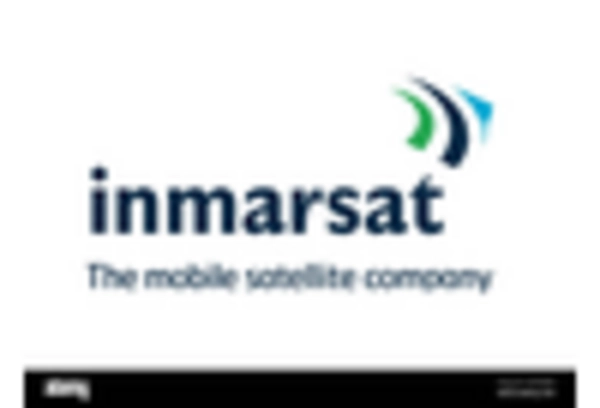
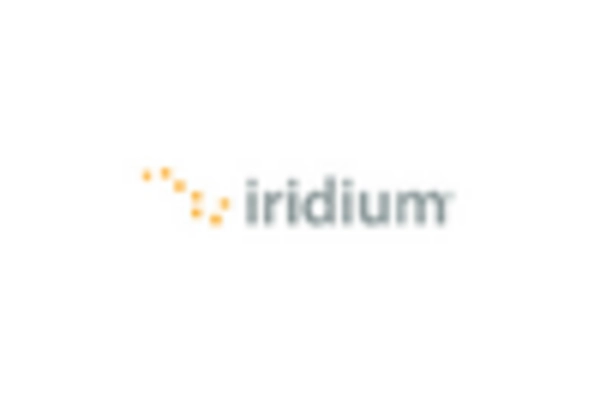
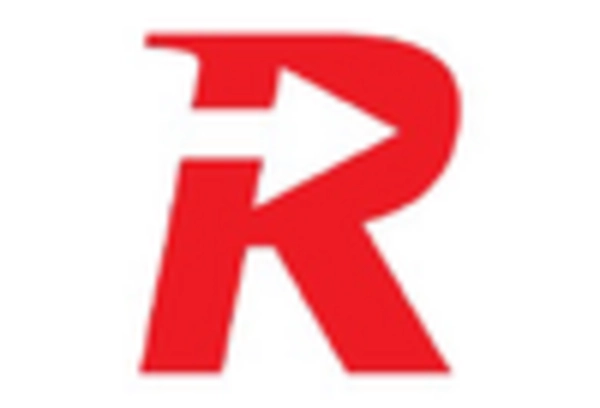
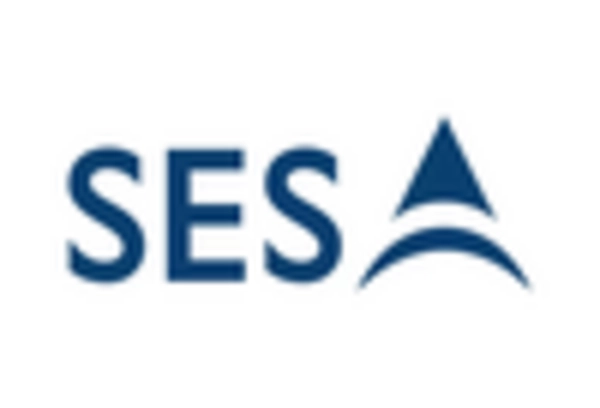









Leave a Comment